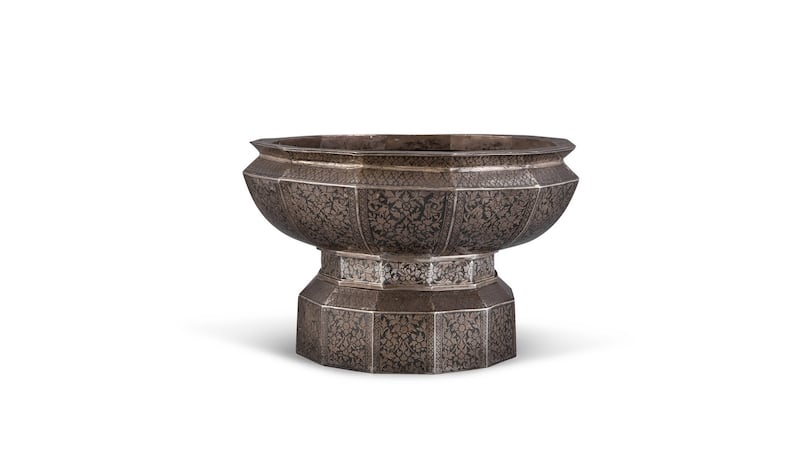Of all the lots to come through an auction over the course of history, it must be the city of Rome in 193AD that surely takes some beating. The lot – which sold for more than over €1 billion in today’s money – included the city and the Roman Empire with the title of emperor thrown in. However the new owner did not live long to enjoy his new-found playthings – emperor Julianus was murdered just nine weeks later.
Today, lots are consigned to auction from estates of deceased relatives, downsizers and people wishing to liquidate assets. Consigning your collection to auction is the best way to sell it not least because you will almost always net more money than you would selling another way. Auction houses earn their money through commission on sales, so it is in their interest to realise the best price.
They do all the work, from valuations and appraisals – their experts give an estimate on values and demand – and they catalogue high-value items in glossy brochures and market to collectors worldwide.
"The advent of online auctions has opened up a worldwide market," says Joe Mullen of Mullen's of Laurel Park. "The days of sleepers [items that sell way in excess of their estimate] are largely gone, as the internet has given huge transparency."
So how does the system work? First, find an auction house that holds sales to match the items you have. Some auctioneers will hold a sale at the property, usually a house, where the items are located, while more valuable lots are entered into more specific sales targeting collectors worldwide.
Adam’s, based on St Stephen’s Green, is currently in the process of organising a countrywide valuation tour which starts on February 11th. “In terms of sales we cover most categories from Irish and [international] fine art, fine jewellery, mid-century and period furniture in addition to historical documents and artefacts,” says Amy McNamara of Adam’s. “We decide which sale will be a fit for each item and we store the items free of charge until the auction. If we feel that a consignment is not a match for our auctions, we can advise clients on other outlets.”
Valuations
Most valuations are free of charge; the best way to begin is to take good photographs and email them to an auction house. Make sure they are taken in a well-lit area and show any identifying marks – especially on silver – and include copies of any documentation and measurements. Provenance is the spice that can make an item exceptional – take Andy Warhol's 175 cookie jars which had a value of $7,000 but, because they once sat in Warhol's kitchen, achieved $250,000 in 1987.

"Often the more inconspicuous pieces can have significant value," says Amy McNamara, giving the example of a silver bowl that was found under a table and achieved €30,000 at the Adam's Asian Art auction last November.
For appraisals and valuation, McNamara says it depends on the piece: “Irish art, we can tell straight away; we have a team of consultants who work with us for further opinions if we have any doubts, as international fine art can be tricky at times.”
Jewellery is having somewhat of a heyday, with Adam’s sale last September achieving €893,000 – the highest grossing sale at an Irish jewellery auction.
"In the 57 years I've been at this there's nothing I haven't sold," says David Herman of Herman Wilkinson in Rathmines, Dublin 6, who along with Buckley's in Sandycove, Co Dublin holds weekly furniture auctions.
“First take out the personal stuff, then after medication, clothes and food, I will take 95 per cent of everything, with the exception of old beds and fabric-covered suites. Too often people throw stuff in skips. I always say to people if something is good enough to be in your home – it’s good enough for someone else to buy.”
When it comes to valuation, take the auctioneers’ advice. They will give high and low estimates, and expect your items to sell within these guides. It is advisable to place a realistic reserve on an item, that is the minimum price which you are willing to accept and normally around the low estimate.
Most auctioneers only advise restoration in the case of fine art – but as with everything in the world of antiques, it is on a case-by-case basis.
Auctioneers’ commission varies, depending on the auctioneer and the value of the items to be sold; some include insurance, storage, catalogue illustration and photographs in their prices. For high-end items, the last call is normally four to six weeks before an auction, allowing time for appraisal and inclusion in a printed catalogue.
See adams.ie mullenslaurelpark.com hermanwilkinson.ie buckleygalleries.com and a for a full listing of auctioneers see myantiques.ie












